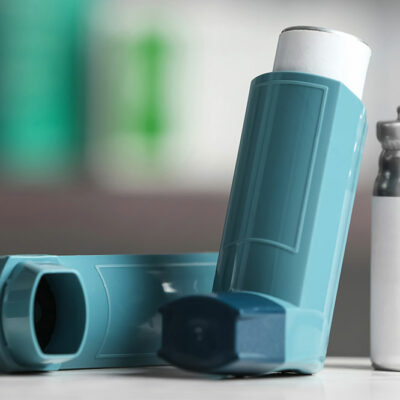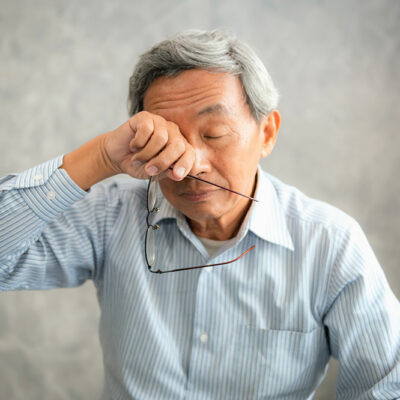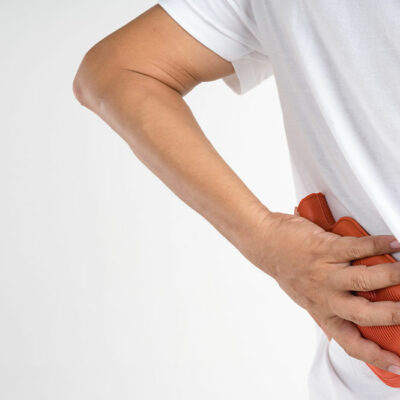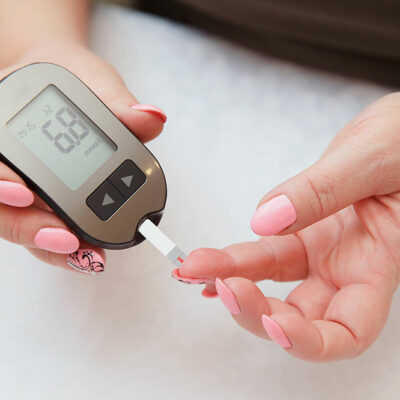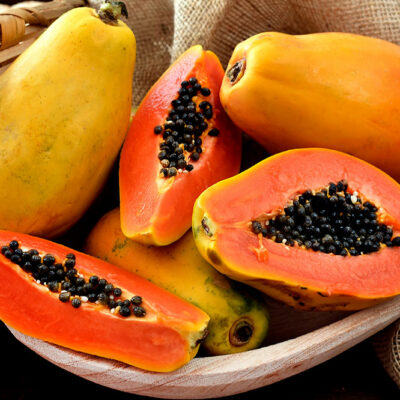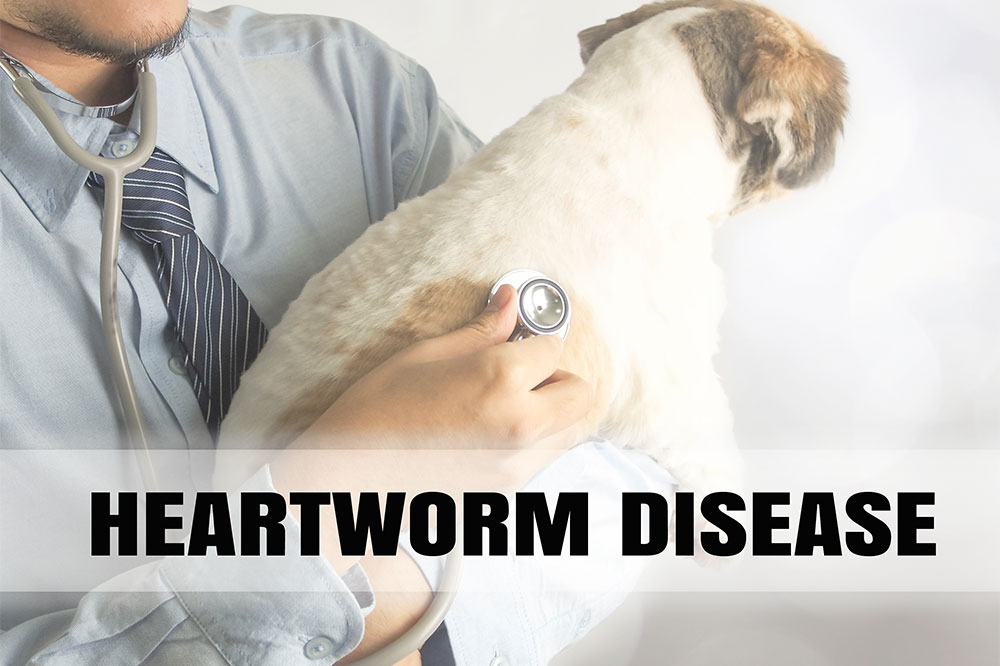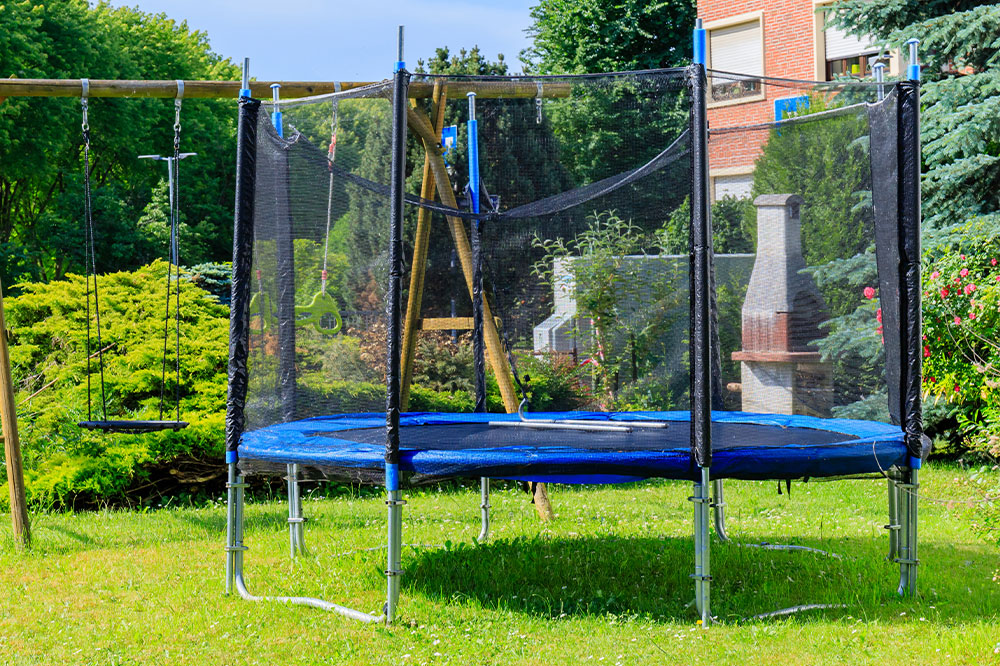8 early signs of an overactive bladder

Overactive bladder, or OAB, refers to an abnormally frequent urge to pass urine, which is often difficult to control. Individuals grappling with this condition may lead socially isolated lives owing to the embarrassment caused by its symptoms. The disease may have various underlying causes, including high blood sugar levels, poor kidney functioning, and the prevalence of a neurological disorder. Identifying the early signs of OAB can help one receive a timely diagnosis and treatment.
Common symptoms of an overactive bladder
Sudden, uncontrollable urge to urinate
Overactive bladder is characterized by sudden, frequent, and uncontrollable urges to urinate, causing severe discomfort and the need to rush to the washroom multiple times.
Urgency incontinence
The urge to urinate is typically followed by the involuntary passage of urine, referred to as urgency incontinence.
Nocturia
Nocturia refers to the need to pass urine multiple times at night. This is among the most common symptoms of OAB.
Loss of sleep
Sleep is typically disturbed severely due to the sudden urge to pass urine at night. Side sleeping is often suggested as a strategy to control OAB symptoms. Limiting fluids before going to bed can also help with reducing the frequency of urine passage at night.
Anxiety associated with frequent urine passage
Studies have shown that almost 50% of persons with OAB experience anxiety associated with their inability to control the passage of urine. They may also experience high stress levels and depression.
Loss of appetite
Frequent urination can lead to loss of appetite and fatigue associated with having to pass urine multiple times a day.
Lack of sex drive
Studies have found that an overactive bladder is associated with compromised sexual health, reduced sex drive and an inability to achieve fulfillment. These symptoms are particularly prevalent among women with OAB.
Bladder spasms
Some patients with OAB may experience cramps or pain in the lower abdomen, accompanied by the urgent need to pass urine. Some patients may also experience cramping.
Tips to manage OAB symptoms
Avoid caffeinated beverages after sunset
Caffeinated beverages can increase one’s frequency of passing urine. Hence, it is advisable to control caffeine intake in general and particularly avoid caffeinated beverages after sunset.
Practice pelvic floor exercises
Pelvic floor exercises, including kegels, are effective ways of controlling OAB symptoms by strengthening the bladder and pelvic muscles. However, one should consult a doctor before practicing these exercises.
Incorporate non-acidic, healthy foods
Foods with low acid levels can help reduce the frequency of urination. These foods should not be processed and should be rich in essential nutrients. Some such foods include whole grains like oats and rice, vegetables like cucumbers, carrots, beans, asparagus, celery, and sweet potatoes, fruits like berries, bananas, and pears, and protein sources such as chicken, tofu, and fatty fish.
Check for food intolerances
Having foods that one is intolerant to can aggravate OAB symptoms. Hence, it is important to consider if one is intolerant to specific foods or food groups, such as gluten and lactose.
Avoid spicy foods
Spicy foods are inflammatory and can irritate the bladder, exacerbating OAB signs. Thus, one should avoid spicy foods like certain types of sauces and chilies.
In addition, OAB can be highly mentally and emotionally distressing for patients. Seeking professional and family help for daily chores is essential while recovering from the condition.



